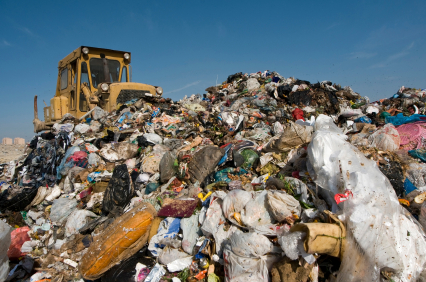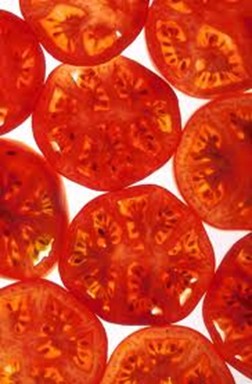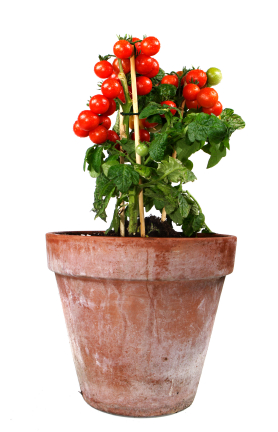Wouldn’t you love to be able to change our food system? We hear so much about how billion-dollar agribusiness corporations defeat legislation and citizen initiatives, and then strangle the regulations that do pass. But a hopeful movement arose a few years ago that allows people with a lot or a little money to invest in sustainable food.
It’s called Slow Money (obviously emulating the Slow Food movement that began in purposeful opposition to fast food). Its goal is to support entrepreneurs who are building the new food economy. From its website: Through Slow Money national gatherings, regional events and local activities, more than $30 million has been invested in 221 small food enterprises around the United States since mid-2010.
I attended a Slow Money conference a few years ago and it was fascinating! The range of ideas people presented was impressive, and the business plans looked feasible. Tonight in San Francisco you can go find out what it’s all about. Here’s the agenda:
Agenda overview
| 6:00 | Slow Start – Greetings |
| 6:15 | What is Slow Money? Community introductions |
| 6:40 | Entrepreneur Spotlight: Bittersweet Cafe (community cafes and chocolate makers), Penny Finnie |
| 6:50 | Focus topic Taking control of investment tools Direct Public Offering – a tool for businesses Self-Directed IRA – a tool for investors Overview by Zac Swartout, Cutting Edge Capital Discussion in breakouts |
| 7:30 | SOIL Investor Network – update about current opportunities |
| 7:40 | Announcements and upcoming events |
| 7:45 | Networking |
Go here for information on time and place of tonight’s meeting.
If you can’t make it tonight (I know, I was SLOW about telling you about this) and are in the Santa Rosa area, you might try the meeting of the Slow Money North Bay Group, which meets tomorrow at 6 pm at the Coddingtown Whole Foods Market.




